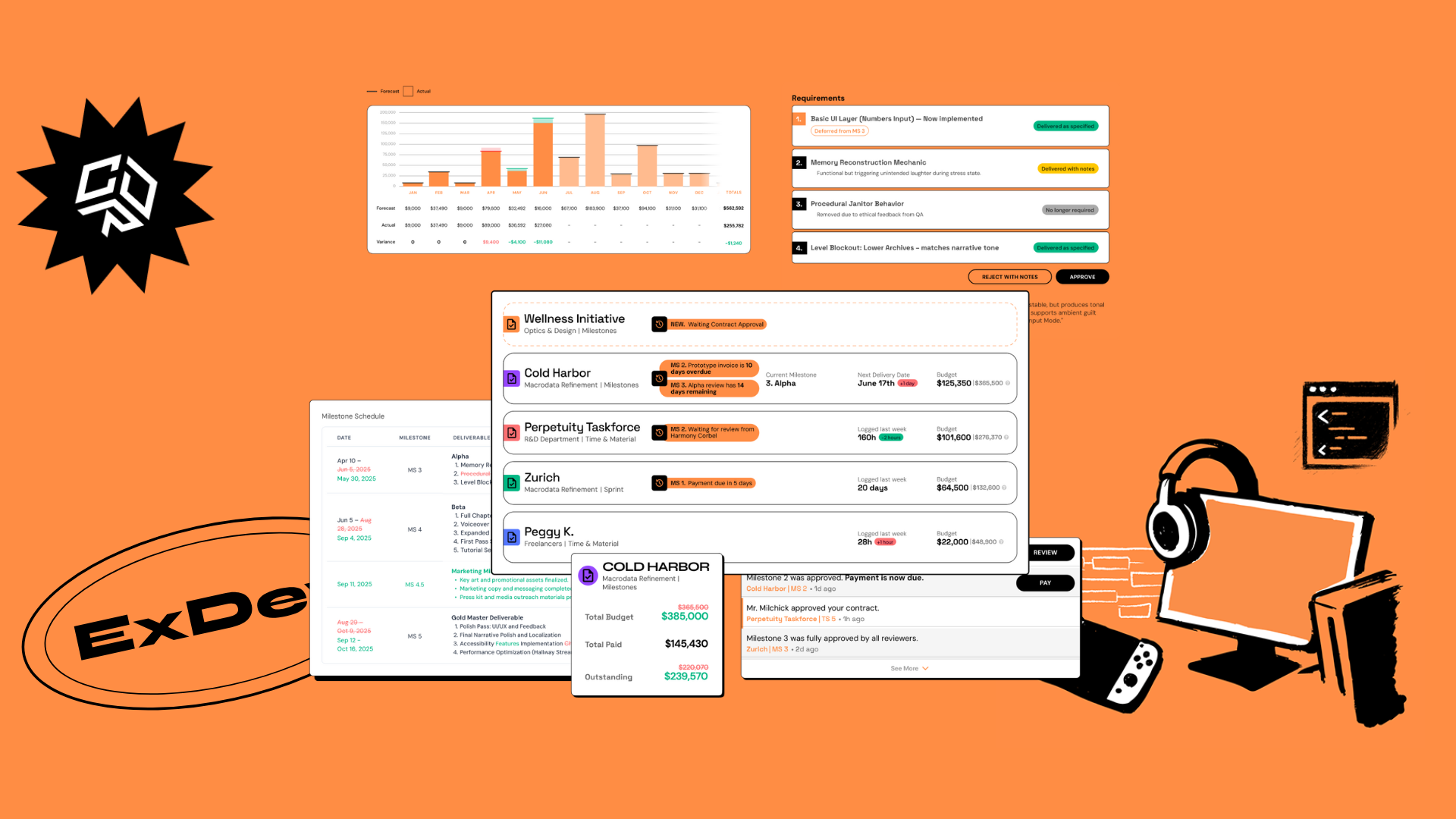It's a scene I've witnessed countless times: a company (often new to games) sends out an RFP for their next big project, and the responses come back with price tags that look like they're from different planets–studio quotes start at $200K and run upwards of $2 million.
Not trusting the numbers, they continue soliciting proposals only to see the gap widen further. Before long, they’re overwhelmed, even more lost than when they first started.
The natural reaction I hear is to blame the industry. Some of these studios are clearly shady, right? The others are either pulling prices out of thin air or just have no idea what they’re doing. It’s the only possible explanation!
Except, it isn’t. The proposals aren’t necessarily wrong, but they do teach us quite a bit about those potential partners, their capabilities, availability, and approach to your project. They also teach you a whole lot about your own project, like highlighting parts of your proposal that are unclear or potential pitfalls you may have overlooked.
Let’s take a look at what happens behind the scenes when a studio is working up a bid. Here are some common scenarios I see play out in RFP responses:
- A Team at Full Capacity: This studio is already booked solid. They like your project but can only take it on at a premium price that would justify shifting resources around.
- Mismatched Experience Level: If you’re running a small project but get quotes from teams that usually work with AAA studios, expect AAA studio prices.
- Overstaffed Projects: This studio staffs heavily by default. More people on the project means a higher price tag.
- The Lowball Offer: This team underestimates resources to show a lower price, leading to costly adjustments later.
- Unclear requirements: Vague RFPs lead studios to bid on vastly different scopes.
- Regional Pricing: Lower labor costs in this studio's region result in cheaper rates.
RFPing 30 studios is a waste of everyone’s time. That’s why a well-managed process is invaluable. It’s not about chasing the lowest price but ensuring the best candidates are in the room from day one and understanding what each price truly represents. Are you paying for expertise? Availability? Security? Learning curve?
The key is knowing how they worked up their numbers, and what you're getting for your dollars. What looks like pricing chaos initially often reveals itself as a detailed map when you know what to look for.
The best partner isn't always the cheapest or the most expensive, but the one whose proposal best aligns with your project's specific needs and constraints. The price is just one part of a much bigger story.
This is why successful game studios don't just look at the bottom line – they dig deeper to understand what's behind each number. Because in the end, the real question isn't "Who's the cheapest?" but "Who's best positioned to deliver what we need?"





